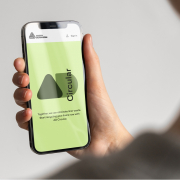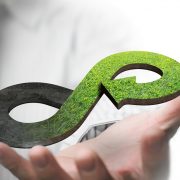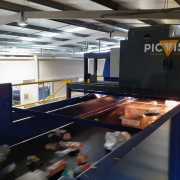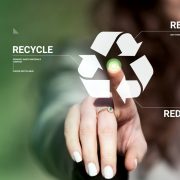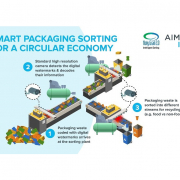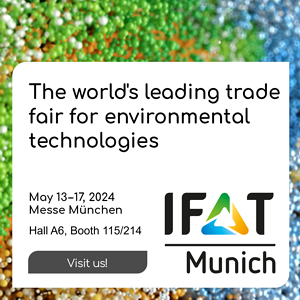European Plastics Industry and the Circular Economy
The industry association PlasticsEurope has created a new Plastics Packaging Circular Economy Group, which will be working with the value chain to maximize the fullest potential of plastics in delivering superior resource efficiency gains within the circular economy.
Plastics packaging in today’s society adds significant value to contain, protect and preserve a wide range of products. “However, more can be done,” PlasticsEurope, the European trade association with centers in Brussels, Frankfurt, London, Madrid, Milan and Paris, said. It believes that it is important to further strengthen the engagement with all actors within the supply chain and work in a more holistic way. “This will enable to deliver innovation that further increases the resource efficiency of plastics and ensure their recovery at the end of their useful life. At the same time, it should prevent the leakage of any waste into the environment.”
Polyolefin Circular Economy Platform (PCEP)
In October last year, three European plastics industry organizations (Plastics Europe, European Plastics Converters and Plastics Recyclers Associations) have launched a Polyolefin Circular Economy Platform (PCEP) through which the industry calls on all actors to join them in driving towards this goal and play their part.
The plastics industry recognizes that a business as usual approach will not enable the proposed challenging target for 55 percent plastic packaging “preparing for re-use and recycling” by 2025, as outlined in the European Commission’s Circular Economy Package. In the drive to create a more circular economy, fresh approaches and new thinking are required. As reported, this newly formed platform will be working for a 5 to10 year horizon based on effective, science-based solutions. “The platform will create a multi-stakeholder group that will seek to identify the barriers and opportunities to increase Europe’s recycling and work towards ensuring the supply of high quality recycled plastics for the European market,” PlasticsEurope pointed out. “Correspondingly, this will drive economic growth and the creation of new jobs as Europe moves towards a more circular economy.”
The European plastics industry
The European plastics industry is an integral part of the manufacturing in Europe, with over 62,000 companies providing more than 1.4 million jobs and annually contributing more than 26 billion Euro to public finances. According to the latest figures presented by PlasticsEurope during the K 2016 in Düsseldorf (Germany), the world production level of plastic materials has increased from 311 million tons in 2014 to 322 million tons in 2015. As reported, the European plastics industry ranks second in world production and continues its stable trend with a share of around 18 percent of the world production. Yet China remains the largest producer with over 27 percent of world production. At the European level, the plastics demand was 49 million tons. Plastics producers have benefited from the recovery of its customers’ industries such as the packaging sector which stands for almost 40 percent, building & construction with around 20 percent and automotive sector with nearly 9 percent of the total demand. The European country with the highest demand is Germany with approximately 25 percent, followed by Italy with over 14 percent and France with almost 10 percent.
In 2015, the European plastics industry has maintained a positive trade balance of over 16.5 billion Euro. For plastics producers, the top trading partners for exports (in value) outside the EU were Turkey with over 13 percent, China with around 12 percent and USA with almost 12 percent. The main partners for imports from outside the EU were: USA with approximately 25 percent, Saudi Arabia with about 13 percent and South Korea with over 12 percent.
As for the plastic waste treatment management data for Europe, latest figures are from 2014. Compared to 2012, the data from 2014 shows that almost 26 million tons of post-consumer plastic waste ended up in the official waste streams (+1 percent). Almost 70 percent was recovered through recycling and energy recovery processes, while around 30 percent still went to landfill. According to PlasticsEurope, in view of the European Commission’s proposal to stimulate Europe‘s transition towards a circular economy, the industry is convinced that this initiative offers an opportunity to accelerate a shift towards a resource efficient and competitive Europe. “To make this happen, proper waste management coupled with suitable measures at European and global level are needed to respond to the problem of plastic waste in the environment.”
Photo: Messe Düsseldorf, Constanze Tillmann
GR 12017


